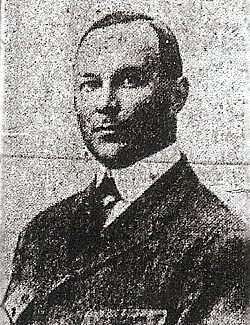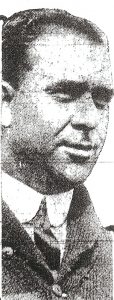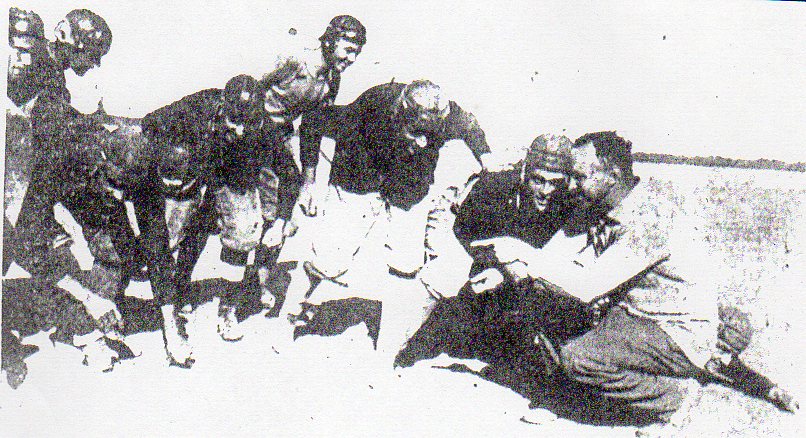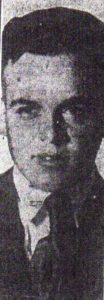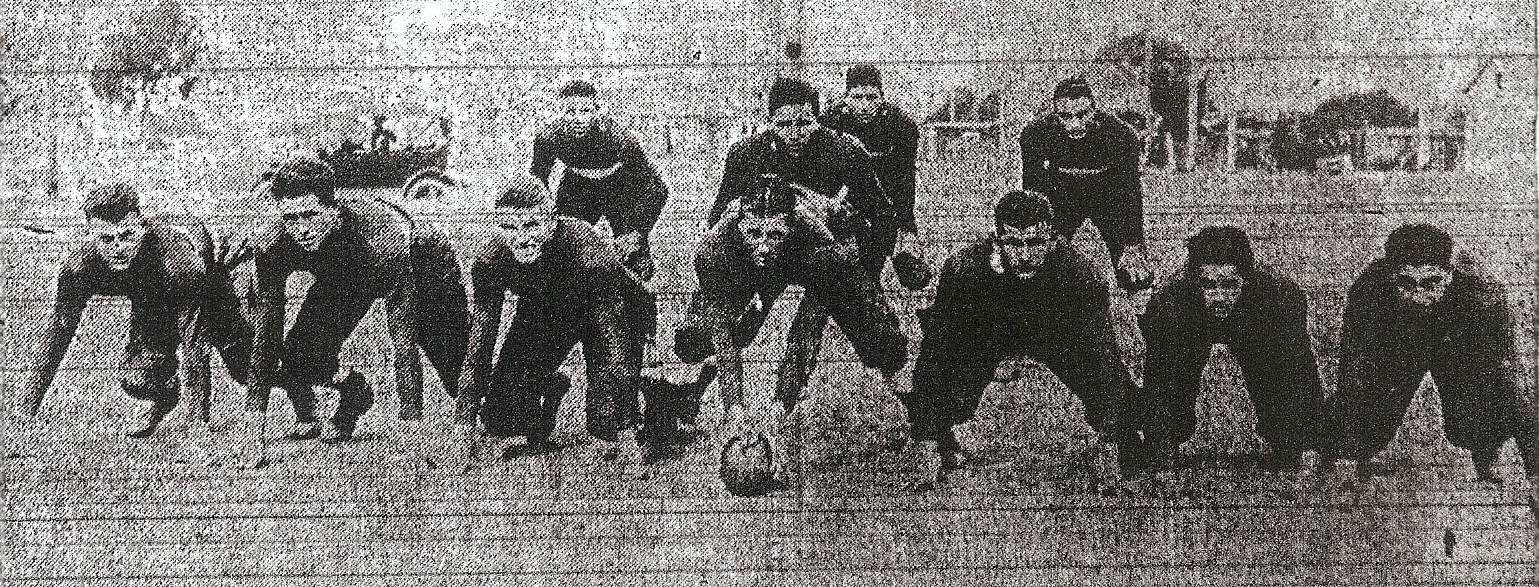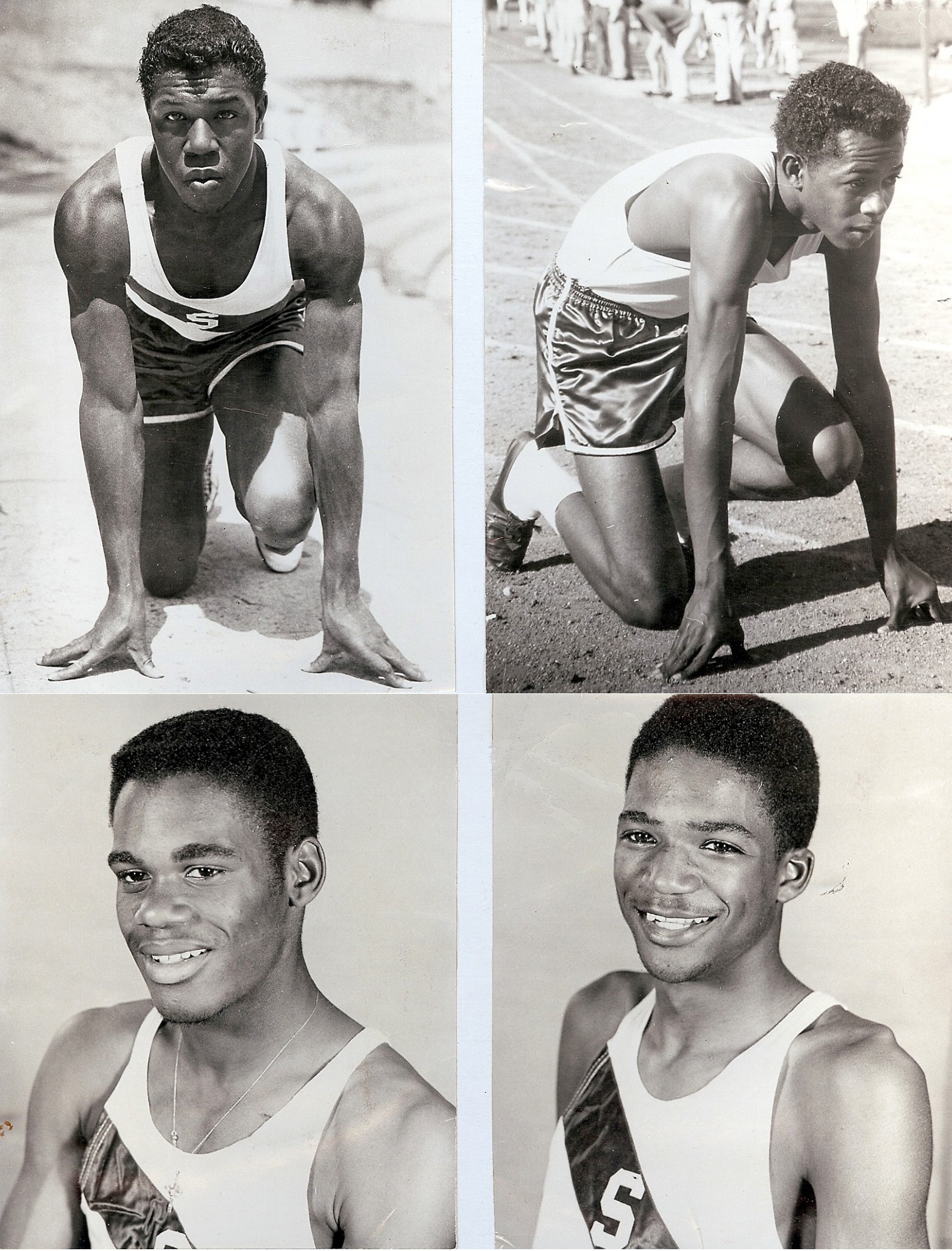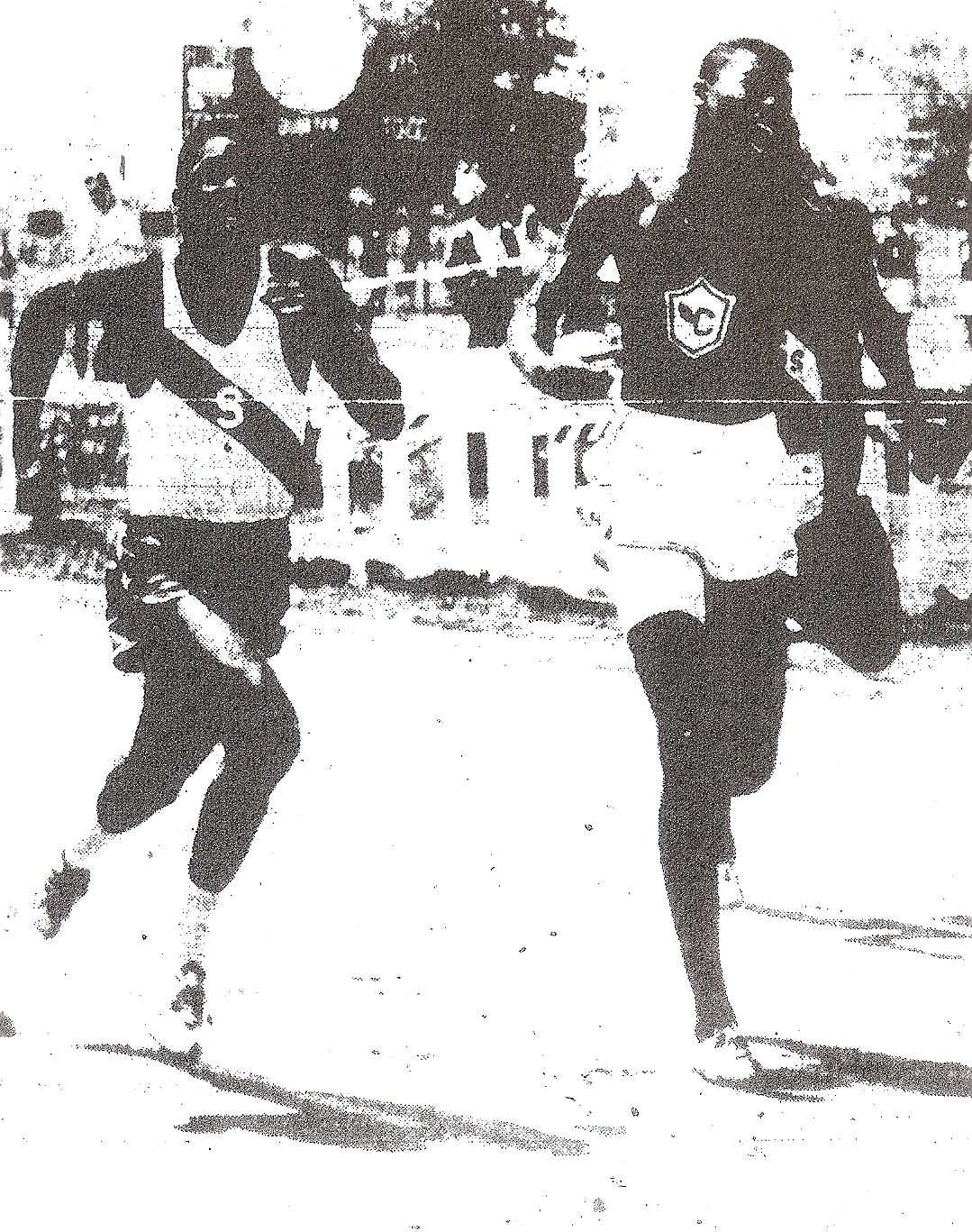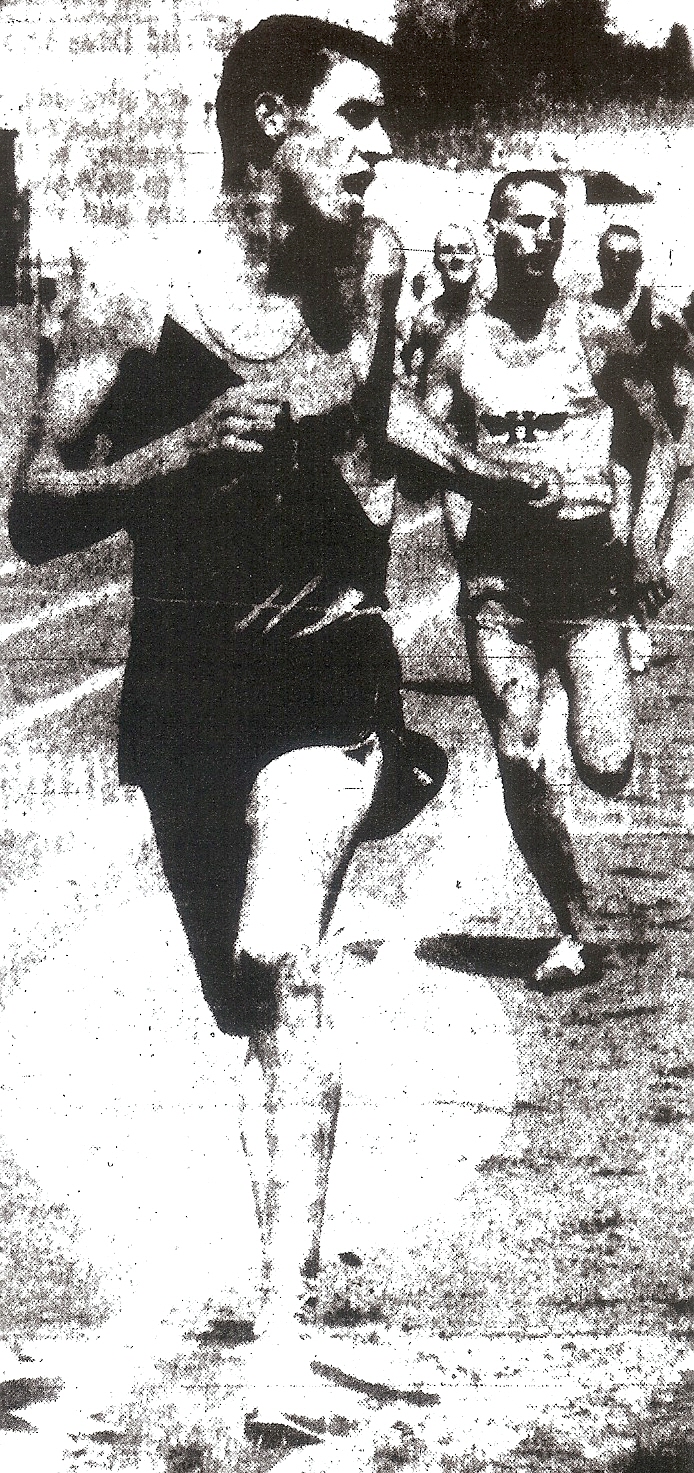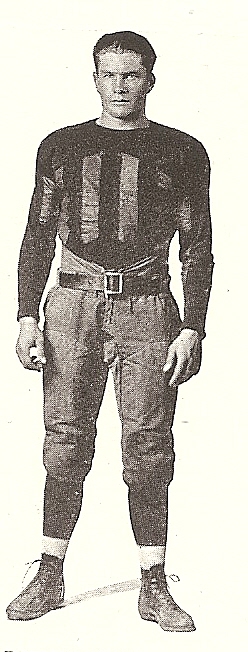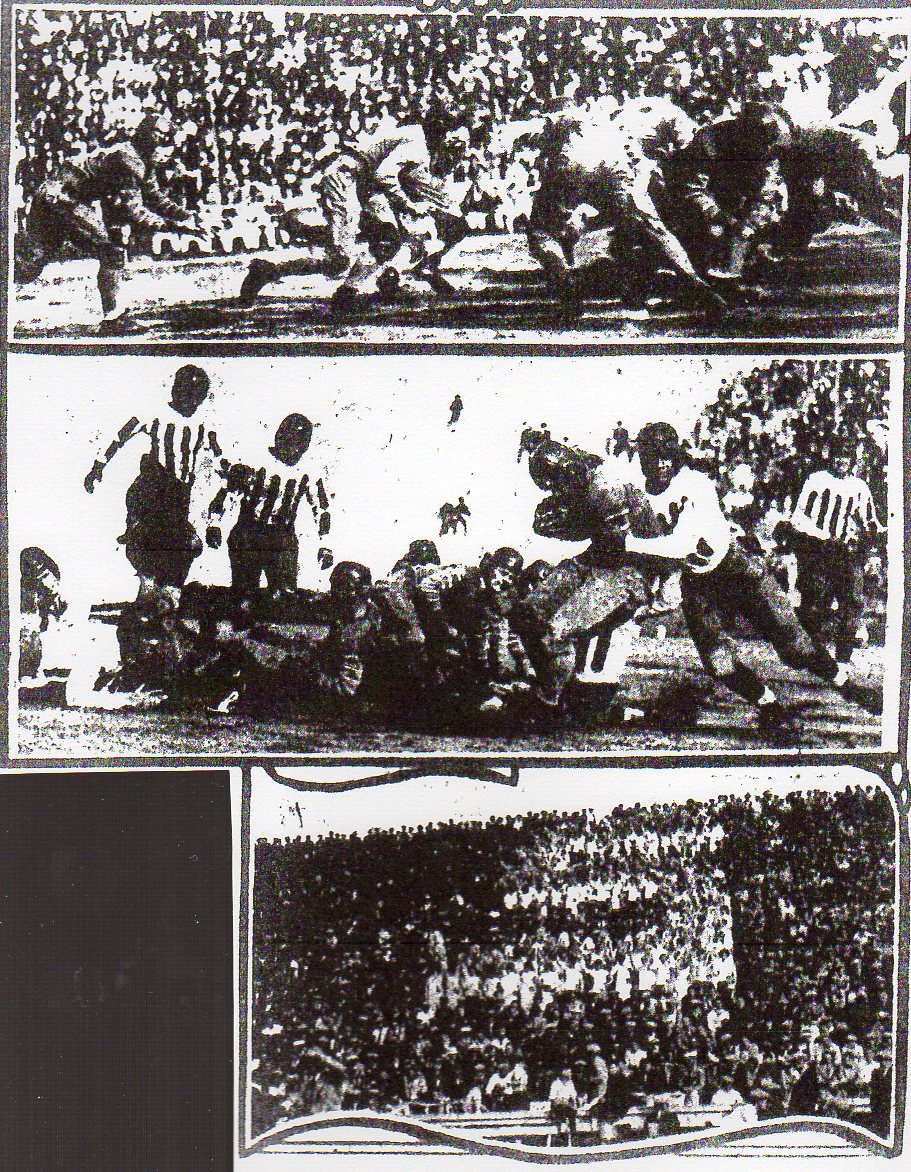San Diego Section track-and-field entries placed in eight of 32 events at the 98th state track championships in Clovis Saturday.
—About 26 per cent of the entries, out of 96 total at the beginning of Friday’s trials, scored points amid the 102-degree heat of Buchanan High. And with no individual champion for the first time in 14 years.
It wasn’t a total loss.
Fourteen boys and nine girls produced season bests.
UC BATTLER IS REWARDED
University City’s Allen Siegler represented to me what the state meet is all about, competition and the opportunity to improve.
Siegler took a 1600 season best of 4:14.09 into the trials and qualified fourth at 4:12.22. He was eighth in the finals, but Siegler came to compete.
The wiry senior hung tough against a demanding pace and whacked another three seconds off his best to close at 4:09.29, eighth all-time in the San Diego Section.
SIX RACES IN TWO DAYS
Devin Alvarado of Rancho Buena Vista was outstanding in the Friday trials.
Alvarado ran the sixth fastest 110 hurdles in section history, :14.06, clean with no wind.
The Longhorns’ senior an hour later raced to :37.45 in the 300 intermediates, tied for 13th all time, and contributed strongly as the Longhorns qualified in a Section season best, 3:18.84 in the 4×400 relay.
Coming back in three events on Saturday took its toll. Alvarado was fourth in the highs in :14.10, seventh in the intermediates at :38.26, and RBV was well out of it at 3:20.33 in the 4×400.
NIGHTHAWKS EMERGING
The rising and still developing Del Norte program of coach Chris Ruff scored its first points in a state meet since the school opened in 2008. Michelle Altice was fifth in the discus at 146-3 and fourth in the shot at 45-1 ¼.
Mount Miguel’s Laulauga Tasauga-Collins rallied for second in the shot put at 45-1 ½ after fouling out in the discus, with no measured throw despite coming into the meet with the best sectional qualifying mark, 167-3.
CAP AND GOWN?
Cathedral senior Dani Johnson, whose career was so promising after she set section records of :13.86 in the 100 hurdles and :41.30 in the 300 in 2015, qualified in both races Friday night.
Johnson, who overcame a bothersome early-season injury, ran :14.11 and :43.10 and then withdrew from the finals sometime after the trials.
There were reports that Johnson returned to Cathedral for graduation on Saturday.
SPIKE DUST
Ruff’s uncle, Bruce Ruff, was the San Diego Section 440 champion for El Cajon Valley, running :48.6 in 1967…The tiny San Francisco Section (17 schools, including several that don’t participate) produced its first winner since 1983…Pamela Amaechi of Lincoln won the discus at 164-1 and was third in the shot put at 45-1 1/2 …so many runners, beaten down by a fast pace at Clovis, lost contact with the leaders, fell back, and turned in performances far below their season bests…Friday and Saturday results, including leaders and San Diego results:
SATURDAY FINALS
BOYS
100—Brock, West Hills Chaminade, :10.43.
200—Norman, Vista Murrieta, :20.42. 8. Shaheed, Mt. Carmel, :21.87.
400—Norman, Vista Murrieta, :45.77.
800—Cortes, Temecula Great Oak, 1:50.75. 12. Chinn, Poway, 2:00.47.
1600—Cortes, Temecula Great Oak, 4:04.61. 8. Siegler, University City 4:09.29, Section No. 8 all-time.
3200—28. Boone, Mt. Carmel, 9:33.69. 29.Pope, Torrey Pines, 9:55.14. 30. B. Prince, Sage Creek, 9:56.55.
110 HURDLES—Anderson, Upland, :13.59. 4. Alvarado, Rancho Buena Vista, :14.10.
300 HURDLES—Burton, Westminster La Quinta, :36.44. 8. Alvarado, R.B.V., :38.42.
4×100 RELAY—Vista Murrieta, :40.32.
4×400 RELAY—Vista Murrieta, 3:14.97. 7. Rancho Buena Vista, 3:20.33.
HJ—Carbin, Piedmont Hills Mt. Pleasant, 7-0.
LJ—Holmes, Oakdale, 25-5. 3. Battikha, St. Augustine, 23-11. 5. DeRoos, Tri-City, 23-7 ¾.
TJ—Osling, Lancaster Antelope Valley, 48-9 ¼. 8. DeRoos, Tri City, 46-6 ½. Battikha, S.A., 46-5 ¾.
SP—Osborn, Anaheim Esperanza, 69-10 ¾. 5. Lenford, Oceanside, 58-5. 9. Clark, Poway, 55-6 ¾. 10. Miller, El Camino, 53-5.
PV—Gordon, Huntington Beach Marina, 16-8. 3T. Brown, La Costa Canyon, 15-8. 7. Hamson, Poway, 15-8.
DISCUS—Osborn, Anaheim Esperanza, 200-10.
GIRLS
100—Rain Williams, Westlake Village Oaks Christian, :11.39. 8. Patterson, Rancho Bernardo, :11.85.
200—Barnes, Ventura St. Bonaventure, :23.23. 7. Patterson, R.B., :24.06.
400—Roberts, Carson, :52.28.
800—Brewer, San Ramon California, 2:06.86. 12. Akins, R.B., 2:13.60.
1600—Gehrich, Las Flores Tesoro, 4:45.51.
3200—O’Keefe, Davis, 10:12.02. 20. Moran, Mt.Carmel, 11:02.83. 22. Loren, Canyon Crest, 11:06.86. 24. Barrett, Westview, 11:13.13.
100 HURDLES—Davis, Agoura, :13.38. Johnson, Cath., scratched.
300 HURDLES—Woodward, Vacaville, :40.62. 7. Bell, Steele Canyon, :42.89. Johnson, Cathedral, scratched.
4×100 RELAY—Carson, :45.06.
4×400 RELAY–Carson, 3:42.80.
HJ—Palka, Westlake Village Oaks Christian, 5-9. Snow, Carlsbad., no height.
LJ—Foster, Clovis North, 20-7 ½. 10. Stallman, Ramona, 18-2 ½.
TJ—Davis, Agoura, 42- 5 ½. 8. Nash, Calvin Christian, 38-2.
SP—Bruckner, San Jose Valley Christian, 49.5 ¾. 2. Tausaga-Collins, Mount Miguel, 45-1 ½. 4. Altice, Del Norte, 45-1 ¼.
PV—Baxter, Anaheim Canyon, 14-2.
DISCUS—Amaechi, S.F. Lincoln, 164-1. 5. Altice, Del Norte, 146-5.
FRIDAY TRIALS
BOYS
100—Brock, West Hills Chaminade, :10.54. Others: Morgan, Poway, :10.87; Goodwin, Christian, :10.89. Stokes, Del Norte, :10.94.
200—Diego-Willams, Gardena Serra, :21.13. 7. Shaheed, Mt. Carmel, 21.84. Others, Goodwin, Christian, :22.04. Ellis, Bonita Vista, DQ, lane violation.
400—Norman, Vista Murrieta, :47.26. Others: Shaheed, Mt. Carmel, :48.52. Gunter, Del Norte, :48.92. Ellis, Bonita Vista, :48.95.
800—Hall, Davis, 1:53.33. 4. Chinn, Poway, 1:53.46. Others: D. Prince, Chula Vista High Tech, 1:55.37. Page, Eastlake, 1:58.8
1600—Janes, Riverside M.L. King, 4:10.86. 9. Siegler, University City, 4:12.22. Others: Martinez de Pinollos, Cathedral. 4:16.97. Johnson, La Costa Canyon, 4:17.53.
110 HURDLES—Anderson, Upland, :13.78. 7. Alvarado, Rancho Buena, :14.06, Section No. 6 all-time. Others: Thomsen, Calvin Christian, :14.61. Kleppe, Rancho Bonita Vista, :15.0.
300 HURDLES—Burton, Westminster, La Quinta, :36.61. 5. Alvarado, RBV, :37.44, tie Section No. 13, all-time. Others: Adams, Granite Hills, :39.36. Carter. Torrey Pines, :40.07.
4×100 RELAY—Vista Murrieta, :41.33. Others: Mt. Carmel, :41.82. Rancho Bernardo, :42.50. Del Norte, :42.61
4×400 RELAY—Sherman Oaks Notre Dame, 3:16.76. Rancho Buena Vista, 3:18.84. Others: Mira Mesa, 3:21.61. Mt. Carmel, 3:28.95.
HJ—Six tied at 6-8. Others: Nelson, Del Norte, 6-6. Rokach, Rancho Bernardo, 6-4. Heid, St. Augustine, no height.
LJ—Holmes, Oakmont, 24-3. 8. DeRoos, Tri City, 23-0 ¾. 9. Battikha, St. Augustine, 23-0 ¼.
TJ—Thompson, Stockton Stagg, 48-5 ¾. 11. Battikha, St. Augustine, 46-9 ¼. 12. DeRoos, Tri city, 46-6 Other: Riggins, Olympian, 42-3.
SP—Osborn, Anaheim Esperanza, 69-3. 8. Clark, Poway, 56-3. 9. Lenford, Oceanside, 55-7. 12. Miller, El Camino, 54-0 ¼.
DISCUS–Osborn, Anaheim Esperanza, 194-10. Others: Clark, Poway, 169-5. Miller, El Camino, 166-10. Anderson, Ramona, 161-9.
PV—Ten, including Brown, La Costa Canyon, and Hamson, Poway, qualified at 15.2. Other: Thomsen, Calvin Christian, 14-8.
GIRLS
100—Rain Williams, Westlake Village Oaks Christian,, :11.49. 6. Patterson, Rancho Bernardo, :11.75. Others: Fletcher, Scripps Ranch, :12.11. Stallman, Ramona, :12.14.
200—Rain Williams, Westlake Village Oaks Christian, :23.0 8. Patterson, R.B., :24.17. Others: Simpson, Morse, :25,01. Fletcher, S.R., :25.09.
400—Roberts, Carson, :53.15. Others: Kaseberg, Torrey Pines, :57.97. Ornelas, Olympian, :58.16. White, Valhalla, :59.01.
800—Brewer, San Ramon California, 2:08. 10. Akins, Rancho Bernardo, 2:10.14. Others: McCarthy, Carlsbad, 2:11.37. Robinson, La Jolla, 2:12.25.
1600—Gehrich, Las Flores Tesoro, 4:50.14. Others: Brown, La Costa Canyon, 5:03.32; Donnelly, Torrey Pines, 5:04.93. Bernd, Canyon Crest, 5:18.09.
100 HURDLES—Davis, Agoura, : 13.50. 6. Johnson, Cathedral. :14.11. Others: Nealis, Valley Center, :14.57. Bell, Steele Canyon, :14.64.
300 HURDLES—March, Reedley, Immanuel, :42.34. 4. Bell, Steele Canyon, :42.51. 9. Johnson, Cathedral, :43.10. Others, Nealis, V.C., :46.16.
4×100 RELAY—Carson, :45.16. Others: Torrey Pines, :48.42. San Diego, :49.53. La Costa Canyon, :49.61.
4×400 RELAY—Calabasas, 3:44.71. Others: La Jolla, 3:53.03. Olympian, 3:55.52. Torrey Pines, 3:59.22.
HJ—4 tied at 5-7. 5T, Snow, Carlsbad, 5-5. Others: Hickey, Coronado, 5-3. Dixon, Morse, no height.
LJ—Longmire, Rancho Verde, 20-7. 8. Stallman, Ramona, 18-10. Others: Barnes, Olympian, 17-6. Campbell, Mt. Carmel, 17-0 ¾.
TJ—Davis, Agoura, 41-1. 11. Nash, CalvinChristian, 38-2 ¼. Others: Barnes, Olympian, 37-2 ¾. Joseph, San Diego, 36-8 ¾.
SP—Bruckner, San Jose Village Christian, 51-9. 4. Altice, Del Norte, 43-10. 8. Tausaga-Collins, Mount Miguel, 42-0. Other: Tuilefano, El Camino, 40-3 ¼.
DISCUS—Bruckner, San Jose Valley Christian, 165-6. 4—Altice, Del Norte, 146-8. Others: Wagenfeld, Calvin Christian, 132-4. Tausaga-Collins, M.M., no distance, 3 fouls.
POLE VAULT—2 tied at 12-6. Others: Wagenfeld, Calvin Christian, 11-6. Becker, Canyon Crest, 11-6. Myers, Poway, 11-6.
